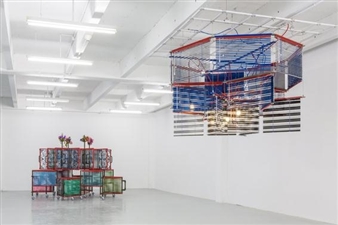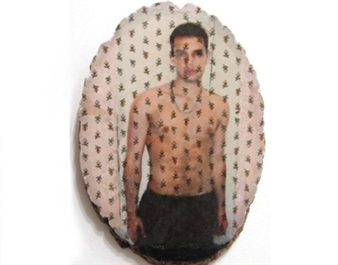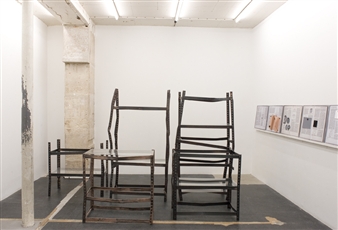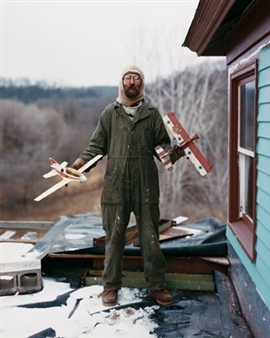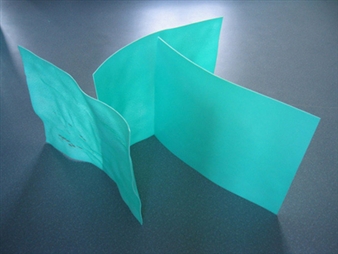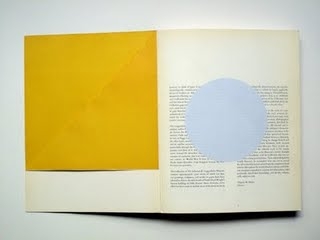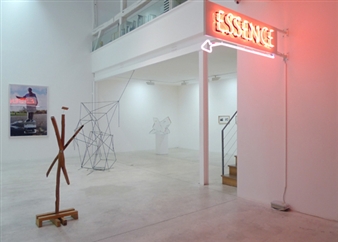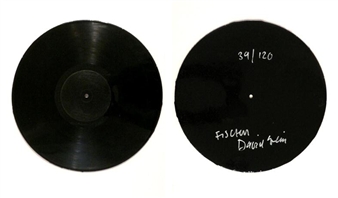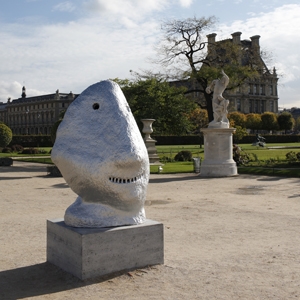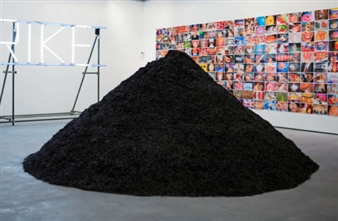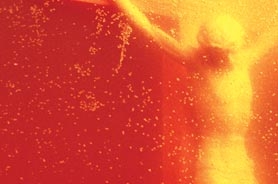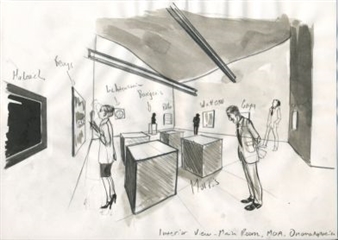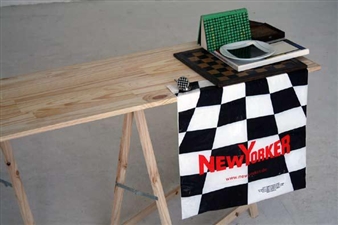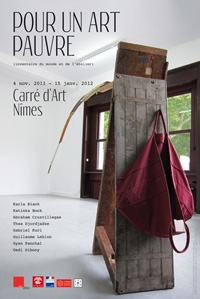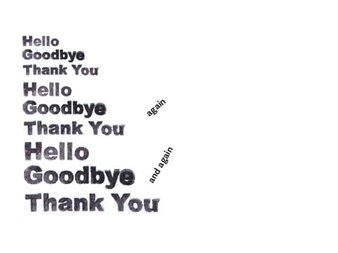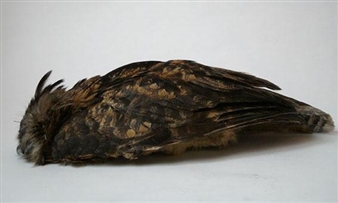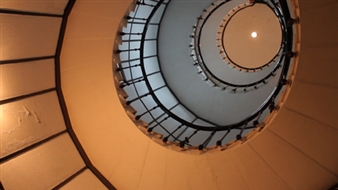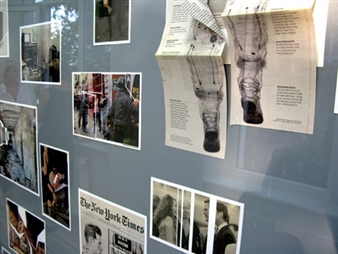Florence and Daniel Guerlain Donation
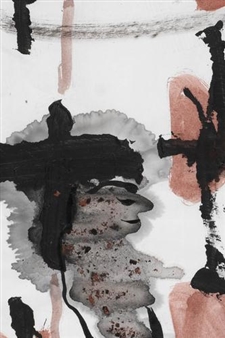
Centre Pompidou, Ile-de-France, Paris, 10/16/2013 - 03/31/2014
Place Georges Pompidou
The Centre Pompidou is devoting an exhibition to the remarkable works on paper generously donated by Florence and Daniel Guerlain in January 2012. The two collectors built up a collection of over 1,200 drawings over a period of fifteen years, with works by over 200 artists from thirty-odd different countries. The entry of this outstanding and wide-ranging collection into the Centre Pompidou's graphic arts department has profoundly changed its profile, and is a historical addition as well as being a reference in terms of today's art on paper. The collection comes as a highly opportune enrichment to the department's current collection, as it contains works by artists hitherto unrepresented, like Javier Pérez, Vidya Gasteldon, Gert and Uwe Tobias, Richard Prince and Cameron Jamie – or adds further to collections already present.
In the newly laid-out graphic arts gallery and museum gallery, exceptionally joined together for the occasion, this new exhibition brings together some three hundred drawings chosen from the entire donation. In 2006, the two enthusiasts created the Daniel and Florence Guerlain Foundation Contemporary Drawing Prize. The exhibition is based on the works of fifteen artists nominated for the five first prizes. Groups or series of drawings by Dove Allouche, Silvia Bächli, Marc Bauer, Sandra Vasquez de la Horra, Jean-Luc Verna, Jorinde Voigt and Amelie von Wulffe, among others, will rub shoulders with large pieces by Frédérique Loutz and Jorge Queiroz. Around this core will be found an exceptional group of eight drawings from Nancy Spero's "Artaud Paintings" series (1968-69), a group of drawings from 2010 by Anne-Marie Schneider, and a series by Nedko Solakov, together with separate works by Miquel Barcelo, Marlene Dumas, Shirley Jaffe, Richard Prince and Gerhard Richter The exhibition will also reflect the deliberately international standpoint of the collectors, who early on opened their collection out to artists from Latin America (Guillermo Kuitka, Kcho, Carmen Perrin), Japan (Leiko Ikemura and Yayoi Kusama), China (Huang Yong Ping, Guo Wei), Russia (Pavel Pepperstein, Georgy Litichevsky, Alexander Ponomarev), India and Pakistan (Rina Banerjee, Huma Bhabba, Atul Dodiya), while leaving plenty of room for French artists, who feature largely in the donation.
Excerpts from an interview with these two generous collectors.
Jonas Storsve - What appeals to you in the medium of drawing?
Daniel Guerlain - I am a landscape gardener, and as with drawing for an artist, this is the first gesture, which is transmitted from the brain to the hand. Whether gardens, cars or planes are being designed, the initial action is expressed in pencil, even if computers then take over nowadays. When our top architects build extraordinary museums, I am sure that they start with a sketch or a real drawing in their office, their bedroom or on the plane... I think that the pencil is a "tool" that every child should be given at the start of their lives. And what's more, when you look at young children's drawings, they have an incredible freshness and spontaneity, which disappears when the adult is subjected to directives or trends. Florence Guerlain - […] If we look at the paintings of the Old Masters, we find preparatory drawings that are as beautiful as the painted masterpieces.
JS - In 2006 you created a contemporary drawing prize. Did the decision to concentrate your collection on drawing come from that, or was it a decision that came before the prize?
FG - The Foundation we created in 1996 was designed to introduce art to as many people as possible in Les Mesnuls [the town in the Yvelines département where the collectors set up their foundation: Ed.]. […] While the town is of historical interest, it was not realistic in practice, because it was too far from Paris, making it difficult for people to get there […]. So in 2004 we decided to close the public part of the Foundation and in 2006, we started up a contemporary drawing prize that reflected Daniel's passion for the line. […]
DG We can say that from then on we looked at drawing in a more intense, more systematic way in terms of our collection. The prize – which was every two years at first, then yearly from 2009 – has of course influenced our way of collecting.
JS - What advice would you give a collector who is just beginning? DG - Not to be in a hurry; to look around…
FG - To buy in response to a feeling, I think. When a work annoys or shocks you, don't say "I don't want it, it's no good" – on the contrary, look at it even more closely...
JS - It is rare for such a large collection to end up in a French museum. In the US, for example, they are more used to this kind of generosity. Do you think your example will encourage other donations?
FG - One thousand two hundred drawings is a large donation, it's true. We'll just have to hope that others will follow suit. At the risk of sounding pretentious, I think that we have a few emulators. […] I think that a number of collectors have begun to realise that museums have fewer means for acquiring works. So it's a way of adding to their collections.
JS - Does either of you have any particular favourites among the drawings donated to the museum,? Is there a work or an artist that appeals to you more than the others?
DG - I don't think we can really answer that question. One thousand two hundred drawings, thirty-eight nationalities, two hundred artists – that represents a huge number of favourites! I would be afraid of hurting the feelings of any artists – that would be a great pity. It would spoil the immense pleasure of the donation, and the even greater pleasure of seeing this exhibition take shape. FG - I agree with Daniel. Let's just relish this joy!
For More Information